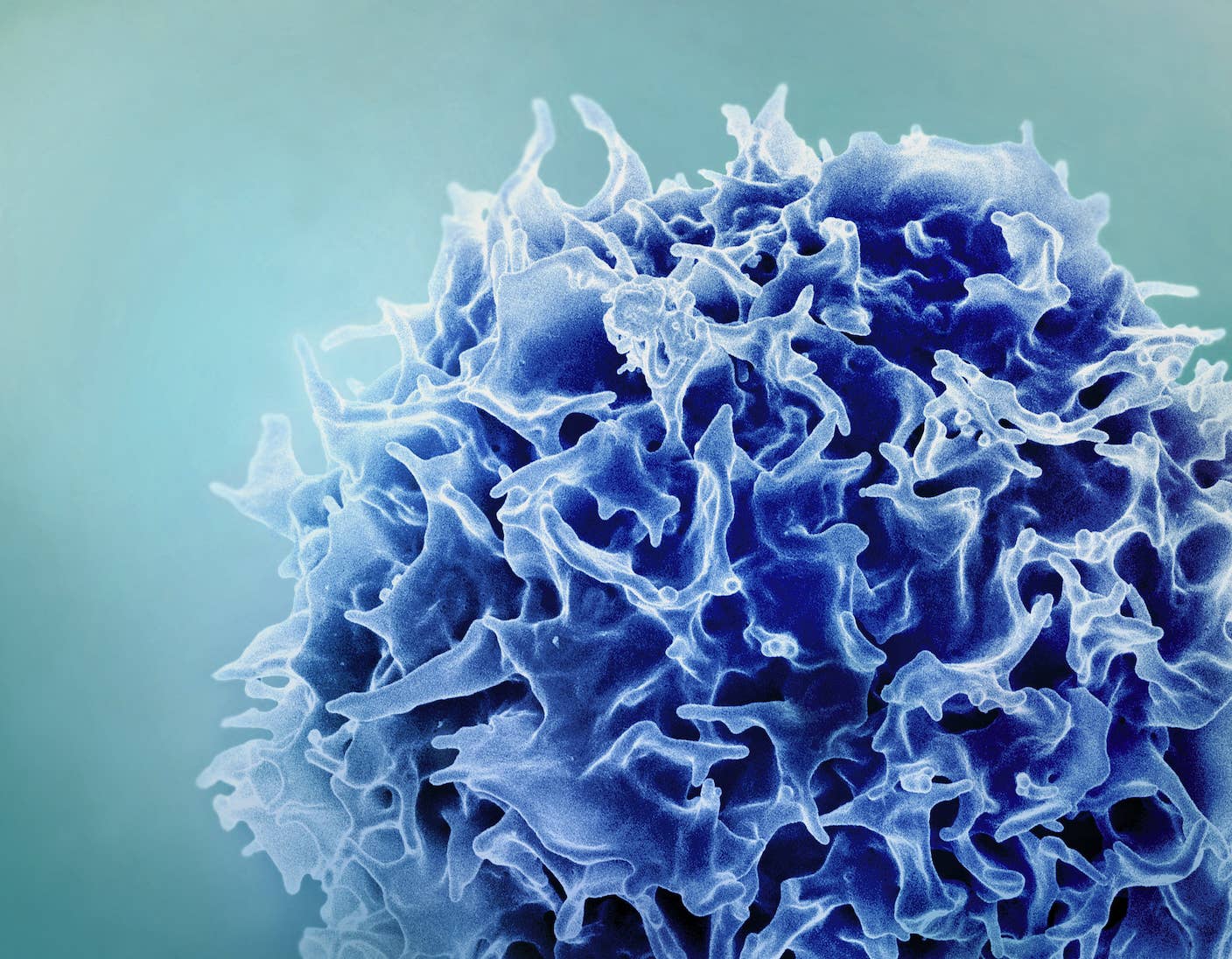Surprisingly, Plant Microbes May Be an Answer to Our Growing Food Needs

Share
Organizations as diverse as the United Nations and Monsanto are in agreement that we need to double our food production globally by 2050 to feed the world’s population.
But our current agricultural process is one of the biggest contributors to global warming. It emits more greenhouses gases than all the world’s cars combined and is a major consumer and polluter of our precious water resources.
How can we sustainably feed everyone without overextending our planet’s resources?
Speaking at Singularity University’s Global Summit, Geoffrey von Maltzahn, a biological engineer and entrepreneur, argued that we are at an important junction in our history: our biological engineering abilities are maturing so fast that we now have the opportunity to create a healthy, thriving planet and fulfill humanity’s growing needs as well.
Until now, our bioengineering abilities have been the equivalent of banging stone tools together, Von Maltzahn says. He believes “this will be the century where we actually get to make cathedrals in biology.”
The plummeting cost of genome sequencing, new genetic engineering tools like CRISPR and a growing understanding of microbiomes means that today we have an opportunity to reinvent agriculture in a way that was impossible even just a few years ago.
And Von Maltzahn believes microbes, of all things, have a very important part to play in that revolution.
Singularity University Global Summit is the culmination of the Exponential Conference Series and the definitive place to witness converging exponential technologies and understand how they’ll impact the world.
They’re Everywhere
Microbes are literally everywhere. They are on the surface of your body, your clothes, in the foods you eat and in every breath you take.
They were living on this planet for two billion years before more complex life forms came about and have become quite good at cooperating with and supporting other life forms like humans and plants.
In fact, what’s fascinating is that microbes don’t just live on the surface of plants, they live inside plant tissues — just like they live in the inside of the human gut. This means we can find microbes on every leaf of wheat, every stalk of corn and every root of soy.
Like any organism, these microbes have an incentive to take care of their habitat — whether that’s the inside of a plant, a human or any other living organism.
Be Part of the Future
Sign up to receive top stories about groundbreaking technologies and visionary thinkers from SingularityHub.


Better Living Through Microbes
Here’s Von Maltzahn’s big hypothesis: What if plant microbes have evolved a means to influence the very biology of plants to protect themselves and their environment (the plant) against everything from drought stress, heat, cold, salt, various insects, fungal, bacterial and viral invasions? Von Maltzahn explains:
“You could think about the whole world as just a big petri dish of plants under different stresses, surrounded by microbes, filtering those microbes and taking a subset of them into its interior and then co-evolving with those microbes in order to influence the stresses that that plant is under....One of the things that we have now realized is that, in fact, many of the technologies we've been using over the course of the past 100 years in agriculture, inadvertently can drive enormous decreases in diversity in these systems and, in fact, drive an extinction or a loss of functions that we've observed can be quite important to the fitness of plants.”
If this is the case, perhaps working with the plant microbiome might be a more powerful and natural way to influence and improve the important traits of agricultural crops.
How? Von Maltzahn sees two opportunities. One is to rebuild some of the ecological health we’ve lost accidentally as a result of modern farming techniques. The second is to better understand the gene pool of microbes and create tailored microbes for any type of plant fitness profile across the world.
Need a crop to survive extreme heat or drought? Soon there might be just the right cocktail of microbes to aid that crop’s survival. Harnessing the power of microbes, we could improve our crops’ stress tolerance and reduce pesticide, fertilizer and water use across the planet.
In fact, this is already starting to happen today: a Massachusetts-based startup called Indigo recently launched their first product, a cotton seed, which aims to reduce water consumption by the cotton plant through the use of microbes.
The science of the microbiome is an incredibly young one, and there is much we still have to learn. But it’s inspiring to imagine a more natural agriculture, created with new tools and knowledge of the microbes that play such an integral part in plant health — and our own.
Image credit: Shutterstock
Sveta writes about the intersection of biology and technology (and occasionally other things). She also enjoys long walks on the beach, being underwater and climbing rocks. You can follow her @svm118.
Related Articles

Single Injection Transforms the Immune System Into a Cancer-Killing Machine

Data Centers in Space: Will 2027 Really Be the Year AI Goes to Orbit?

New Gene Drive Stops the Spread of Malaria—Without Killing Any Mosquitoes
What we’re reading